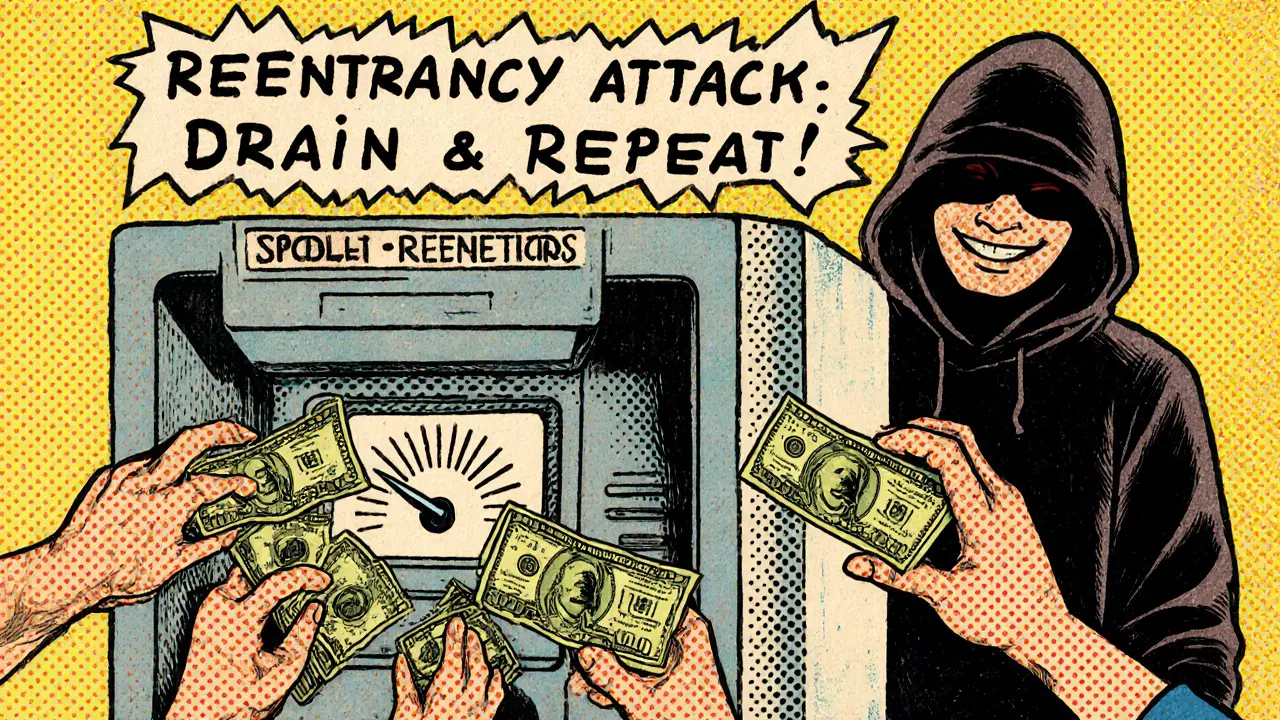Flash Loan Attack: How Crypto Exploits Work and How to Avoid Them
When someone borrows millions in crypto without putting up any collateral—just for a few seconds—that’s a flash loan attack, a type of exploit where attackers use uncollateralized loans to manipulate prices and drain funds from decentralized finance protocols. It’s not magic. It’s code. And it’s happened more than you think. These attacks don’t need hackers breaking into wallets. They just need a flaw in a smart contract, a little timing, and the ability to borrow funds instantly across blockchains like Ethereum or Avalanche. The attacker takes the loan, uses it to swing a token’s price in a DEX, then pockets the profit before the loan gets paid back—all in one transaction. No one notices until the money’s gone.
It’s not just about big names like Euler Finance or Cream Finance losing millions. DeFi security, the practice of auditing and hardening decentralized protocols against exploits is still catching up. Many projects skip proper audits, assume liquidity is safe, or don’t check how their price oracles respond to sudden spikes. That’s why smart contract vulnerability, a flaw in blockchain code that can be triggered by malicious inputs or logic errors remains the #1 cause of losses in crypto. Even projects tied to liquid staking, a method of earning staking rewards without locking up your assets aren’t immune—some staking pools rely on the same vulnerable lending protocols that get targeted in flash loan attacks.
Real attacks don’t look like Hollywood hacks. They’re quiet. Fast. And they happen while you’re scrolling. In 2022, one attacker stole $60 million from a lending protocol by swapping a token’s price using a flash loan, then collateralizing fake assets to drain the vault. In 2023, another used the same trick on a yield aggregator. These aren’t rare. They’re predictable. And they’ll keep happening until protocols stop trusting price feeds and start verifying them. You don’t need to be a coder to stay safe. Just know this: if a DeFi project offers unusually high returns, checks its audit reports, and avoids platforms with low liquidity or no on-chain monitoring, you’re already ahead of most users.
Below, you’ll find reviews and breakdowns of exchanges and protocols that have been hit—or avoided—these exploits. Some posts expose shady platforms with zero security. Others show how real teams respond after a breach. Whether you’re holding stablecoins, staking ETH, or chasing airdrops, understanding how flash loan attacks work helps you spot the next one before it’s too late.
Common Smart Contract Vulnerabilities and How They Cost Millions
by Johnathan DeCovic Oct 28 2025 22 CryptocurrencySmart contract vulnerabilities have cost over $1.1 billion since 2016. Learn the top risks-reentrancy, access control, oracle manipulation-and how to prevent them before your project gets hacked.
READ MORE
